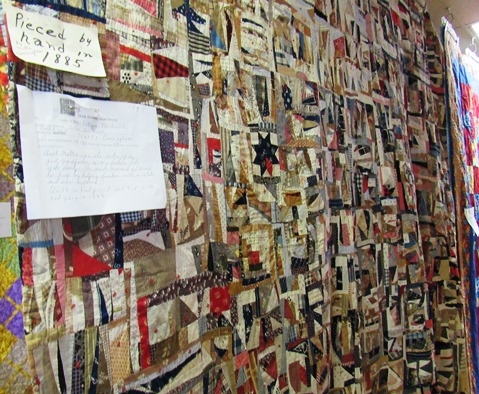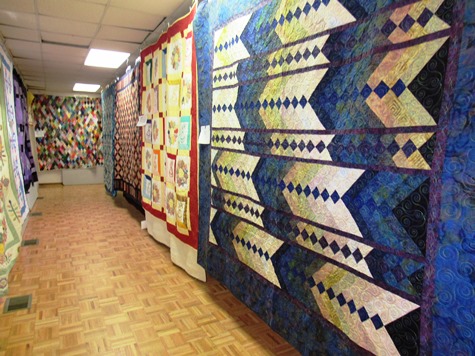by Megan Hart, KHI News Service
The Kansas Legislature approved additional restrictions on people who receive government assistance but removed one proposal that would have required women to return to work shortly after giving birth.
The changes, passed late Sunday as part of Senate Bill 402, reduce the lifetime limit for cash assistance through Temporary Assistance for Needy Families from three years to two years. There is a one-year hardship extension.
Gov. Sam Brownback hasn’t made a statement about the bill, but he has supported past reductions to assistance programs. Kansas lowered the lifetime TANF limit from five years to four years in 2011 and to three years in 2015, then as part of the Hope, Opportunity and Prosperity for Everyone (HOPE) Act.
Shannon Cotsoradis, president and chief executive of Kansas Action for Children, said the average Kansas family using TANF receives it for about 18 months. Many have to use it again when an unexpected expense or job loss hits, she said, and the new limit may remove that cushion.
“These are families that are pretty vulnerable,” she said. “Most families don’t just make the leap out of poverty and stay out of poverty.”
Sen. Michael O’Donnell, a Wichita Republican, previously pointed to reduced TANF enrollment as evidence that lower lifetime limits and work requirements have been effective in encouraging Kansans to find a job and improve their incomes.
“We know that these programs work,” he said during a floor debate earlier this session. “We’re getting people off TANF and into the workforce.”
It isn’t clear how many of those people left TANF because they became employed, though data available so far isn’t encouraging.
Theresa Freed, spokeswoman for the Kansas Department for Children and Families, said the department expects about 155 families per month to hit the two-year limit in fiscal year 2017. If those projections are accurate, about 1,860 families will be removed from TANF over the year. DCF reported 4,941 families received TANF in March 2016.
DCF will begin contacting families in July, Freed said, and plans to remove them starting Jan. 1, 2017.
“The transition to a 24-month time limit for TANF is proposed to begin July 1, allowing for all clients to be contacted by DCF staff and an individual transition plan developed,” she said in an email. “Additionally, cases will be screened to see if they are eligible for a hardship extension.”
During negotiations Sunday, a conference committee loosened one provision that would have eliminated the work exemption for mothers who recently gave birth if they had received TANF for one year or longer. Under the version that passed, a parent of an infant would be exempted until that infant was 3 months old unless the parent already hit the lifetime limit of two years.
That was one of the more important changes that KAC sought, Cotsoradis said, because the lower limit would have required some mothers to return to work almost as soon as they left the hospital.
“I think any mom that’s had to find infant care, let alone subsidized infant care, knows that’s very difficult,” she said.
Other changes in the bill will:
• Remove a limit on ATM withdrawals for cash recipients. Federal officials said it violated laws that recipients must have adequate access to their benefits.
• Require DCF to monitor repeated requests to replace a benefit card.
• Make recipients ineligible if they don’t cooperate with fraud investigators.
• Require the state to cross-check the names of assistance recipients and people who have won $5,000 or more in the lottery.
• Allow the state to recover fraudulently obtained assistance.
• Limit work experience placements to six months for TANF recipients.
• Require Kansans who receive child care assistance to work at least 20 hours per week.
The nonprofit KHI News Service is an editorially independent initiative of the Kansas Health Institute and a partner in the Heartland Health Monitor reporting collaboration. All stories and photos may be republished at no cost with proper attribution and a link back to KHI.org when a story is reposted online.
– See more at http://www.khi.org/news/article/welfare-changes-include-lower-lifetime-limit-for-cash-assistance#sthash.NsZQ84mr.dpuf








